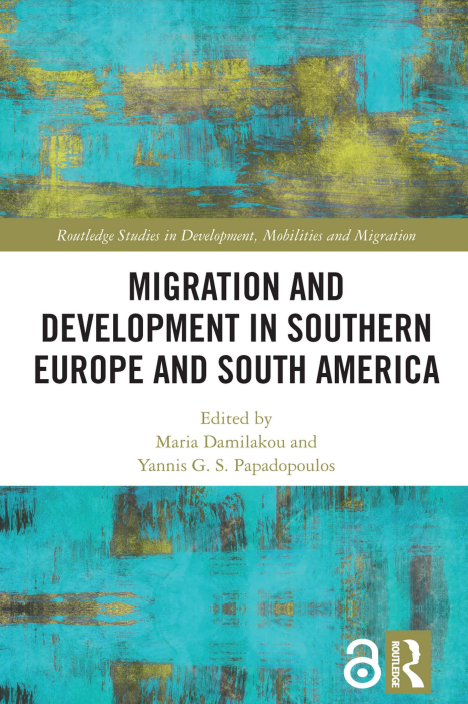Migration and Development in Southern Europe and South America
Editorial: Taylor & Francis
Licencia: Creative Commons (by-nc-nd)
Autor(es): Maria Damilakou
Yannis Papadopoulos
This book explores the linkages between Southern Europe and South America in the post-World War II period, through organized migration and development policies. In the post-war period, regulated migration was widely considered in the West as a route to development and modernization. Southern European and Latin American countries shared this hegemonic view and adopted similar policies, strategies, and patterns, which also served to promote their integration into the Western bloc. This book showcases how overpopulated Southern European countries viewed emigration as a solution for high unemployment and poverty, whereas huge and underpopulated South American developing countries such as Brazil and Argentina looked at skilled European immigrants as a solution to their deficiencies in qualified human resources. By investigating the transnational dynamics, range, and limitations of the ensuing migration flows between Southern Europe and Southern America during the 1950s and 1960s, this book sheds light on post-World War II migration-development nexus strategies and their impact in the peripheral areas of the Western bloc. Whereas many migration studies focus on single countries, the impressive scope of this book will make it an invaluable resource for researchers of the history of migration, development, international relations, as well as Southern Europe and South America.
[Abingdon: 2022]
Compartir:
Una vez que el usuario haya visto al menos un documento, este fragmento será visible.


